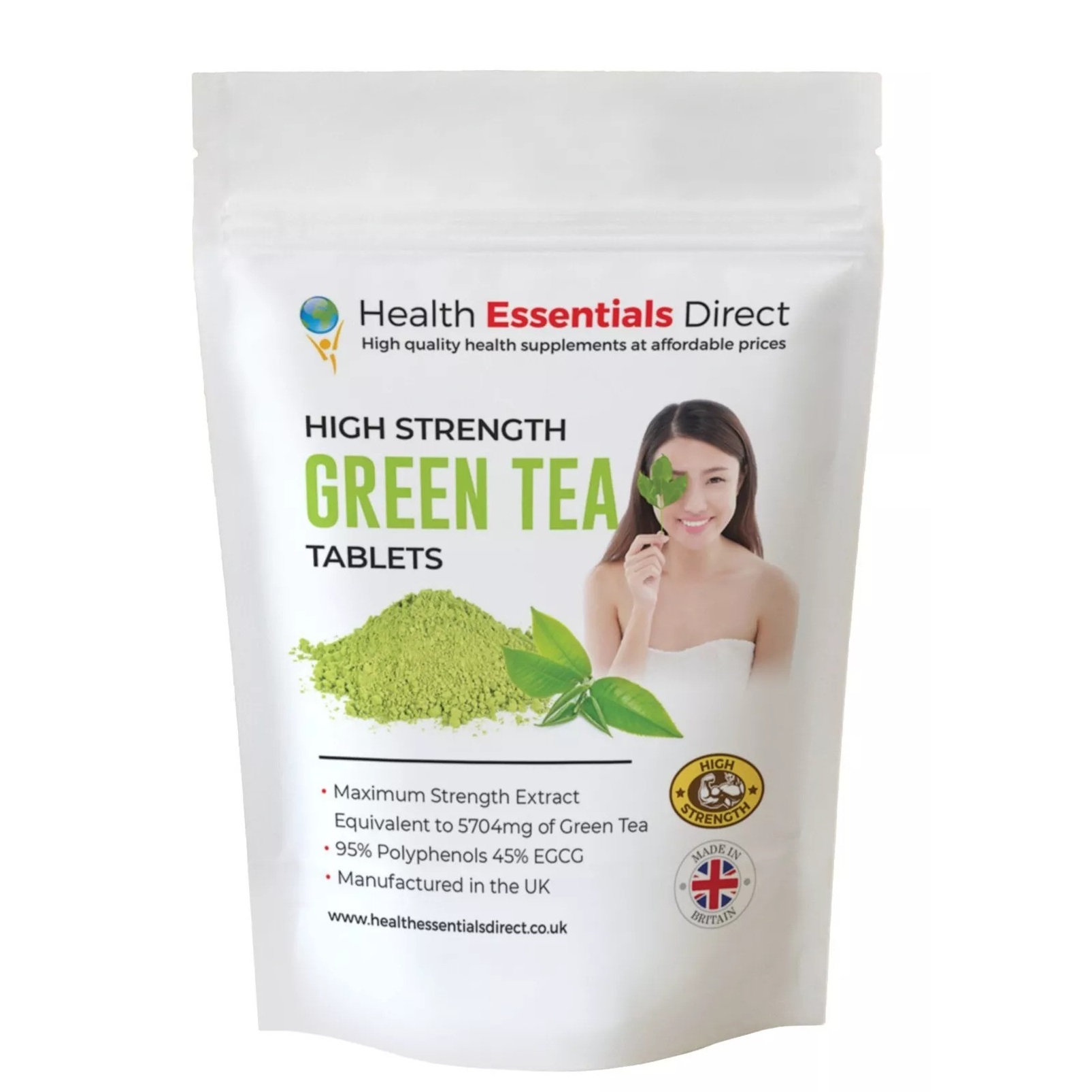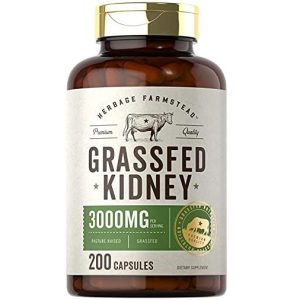About This Item
- Maximum Strength Equivalent to 5704mg Green Tea Extract
- 95% Polyphenols – 45% EGCG
- Made in the UK
About Green Tea
Green tea was quite popular, especially amongst the Buddhist monks and individuals of higher social classes. In both Japanese and Chinese cultures, there were special green tea ceremonies where communities convened together and enjoyed the exotic drink. The Chinese believed the plant was a gift from the gods. Also, they believed that the gods of agriculture came across the plant as they sought a remedy for some poisonous leaves and roots that they had ingested. Another narrative linked the popularity of green tea extract to Emperor Shennong. Some of the natives believed that he discovered the benefits of green tea after a couple of leaves fell in his cup of hot water. This happened as he was taking an evening stroll in his palace. He liked the feeling he got from the now coloured drink. He then directed his servants to always add dried and ground green tea leaves to his drink henceforth. The extract from the green tea leaves was applied on skin after the tea leaves dried up and were ground to form powder. The locals also chewed the green tea leaves for fun due to the caffeine contained in the leaves. To date, most of these people still use green tea extract for various purposes but most commonly to help with losing weight.
Green tea extract is a extract from the plant species Camellia sinensis. The plant is used for many different extracts and products, which are consumed under different names in various parts of the world. The products in context include Oolong, green and black tea. One of the main reasons why it is more popular, compared to the other teas from the same plant, is it is closest to its natural and purest form. The extract is processed minimally thus enabling it to retain majority of its innate properties.
Some of the earliest records trace the first use of tea extracts to China. Initially quite popular in Asia, green tea was then introduced to the greater world. It then became equally popular in Europe, the United States and North Africa. It is believed that the consumption of green tea was popularized during Emperor Shennong’s era. The leader was fond of different herbs and contributed greatly to the discovery of numerous herbal phenomenona. Use of green tea is addressed quite widely in historical memoirs such as The Classic of Tea, written by the popular Chinese writer Lu Yu. Other records point the spread of green tea to other destinations, including Japan and India. The tea was exported from China to Japan where it went on to be used for different purposes; this happened in the 17th century. The popularization of green tree and its extracts in Japan is linked to Japanese Buddhist monks. They travelled to China on various missions where they were introduced to green tea. They then carried the tea seeds with them as they headed back home. They introduced green tea to the locals who also became fond of it.
Please note it is against MHRA guidelines for us to talk about any potential health benefits for this supplement however a quick google search on the potential benefits and you may be surprised.
How To Use: We suggest taking 1 tablet a day with water.








Reviews
There are no reviews yet.